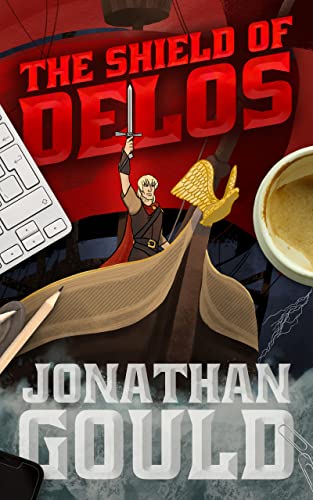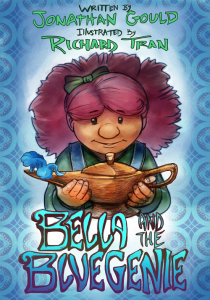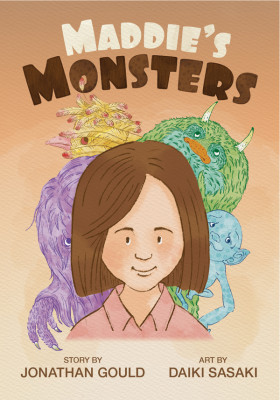I recently read a couple of books.
I know, this shouldn’t be a particularly unexpected occurrence. We all know that reading is one of the major activities all writers should engage in. It’s at the top of pretty much all those ‘what you need to do to be a successful writer’ lists put out by a bunch of famous writers, as well as not-so-famous writers who hope one day to be famous writers.
Truth is, I don’t actually read that much. And not just because I’m the sort of person who likes to deliberately not do what they’re told to do (although I am). It’s partly an issue of time – but particularly an issue of headspace. When I’m working full-time, my mind gets so full and busy, I find it difficult to get into the mind frame needed to properly immerse myself in a book. Funny thing is, I am able to get into the headspace to write. In some ways, I actually find reading to require more exertion than writing.
Anyway, good news is I’ve had a bit of holiday time, and when it’s holiday time the first thing I like to do is find some books to read. And I managed to get through a couple.
Both seemed pretty worthwhile. Between the two of them, they’d snagged a bunch of awards. But apart from that, they seemed on the surface to be quite different. One was a bit highbrow and literary, while the other was – how should I put this – a bit more of a genre piece.
Reading a book as a writer is always an interesting exercise. I can’t help but keep my writer goggles on and look for the machinations below the surface. And what I found was interesting.
My first thought, upon finishing the second story, was some surprise that this book had managed to win an unpublished manuscript award. Not that it wasn’t a good read – it was slickly written, tightly plotted, and very readable. But it felt very formulaic. I didn’t exactly know what would happen next, but I did have a sense of when revelations would come and what they would be.
The formula seemed pretty straightforward and one that has become very commonplace. There are two narratives – one in the present and one in the past. The one in the present is directly related to what happened in the past, but we’re only doled out the past narrative in bits and pieces. We finally get the full picture of what happened in the past at the point where the present story reaches its climax – in effect giving the drama a double crescendo. It’s pretty clever stuff when it comes to the practice of hooking and keeping a reader.
Funny thing was, as I considered the other novel, I realised it deployed the same narrative trick. The sense of literariness was primarily due to a rarefied location – early 19th century Iceland – which gave it an otherworldly sense. But beneath that, there was the same device of the two narratives – slowly allowing us to piece together the jigsaw of the past as the drama of the present grew.
Clearly, this is a winning formula. It can be applied to both literary and genre types of fiction. And you could exhaust yourself making lists of all the recent bestsellers that follow it. Maybe this is the approach I should take for my next novel.
Only, I’m not sure I could ever get my mind to work like that. It doesn’t like following formulas. No matter how hard I try to keep it on the straight and narrow, I’m sure it will find some kind of way to blow it all up.
Posted by Jonathan Gould and tagged as




